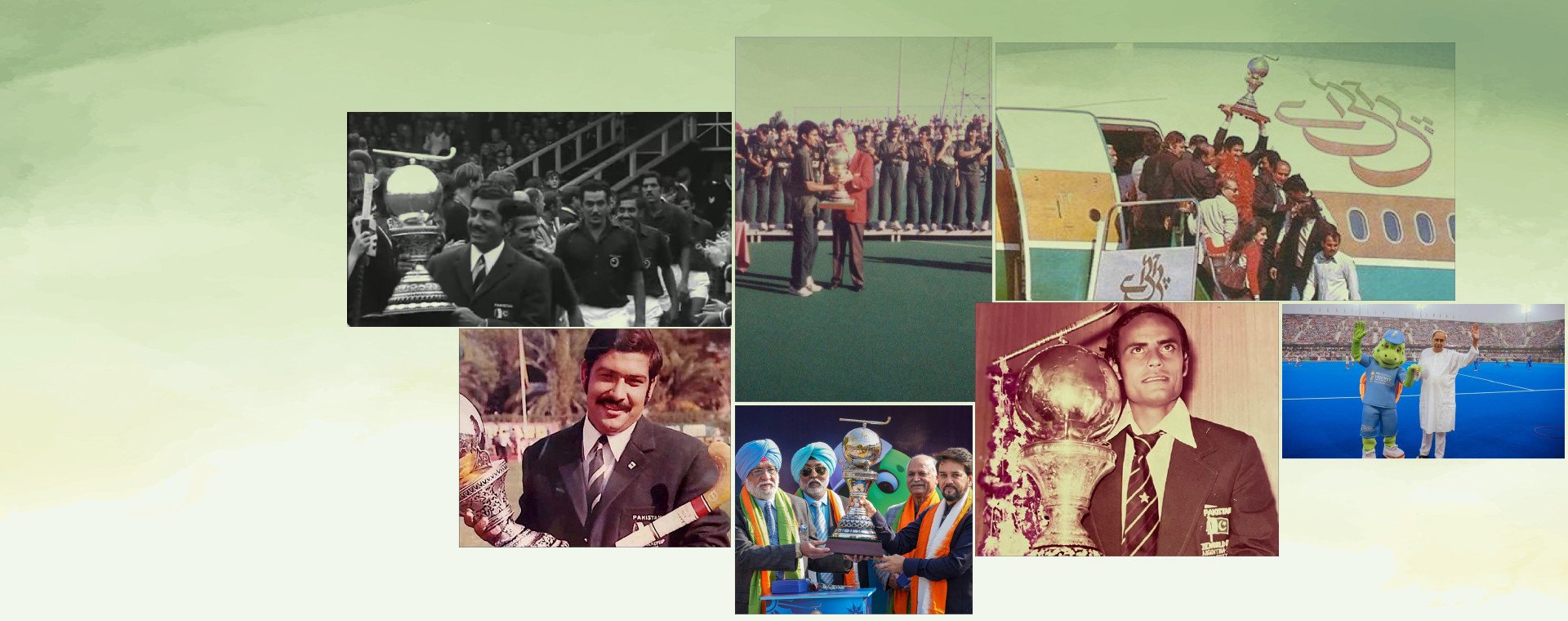
Many estimates put hockey as the second most widely played field sport after football. Less than a month after the FIFA World Cup concluded, the 15th edition of the Men's FIH Hockey World Cup started this Friday in India, which also hosted the tournament’s last edition. The venues are once again in the Eastern state of Odisha and two cities play host: Bhubaneswar and its Kalinga stadium, and Rourkela with its newly constructed Birsa Munda stadium.
The opening ceremony held on Wednesday was a star-studded affair. Bollywood stars Ranveer Singh and Disha Patani, and the globally popular K-Pop band BLACKSWAN headlined a packed 40,000-capacity Barabati stadium in Cuttack, Odisha.
As 16 countries eye one of the sport’s top global honours, this year’s World Cup highlights a tragedy for Pakistan. The record four-times hockey champions are conspicuously absent; a fact made worse considering the very idea of the world cup was conceived by Pakistan.
World Cup genesis
At the 1968 Olympics, Pakistan regained the hockey gold. In those days, the Olympics were strictly an amateur event and professional sportspersons were completely barred. Hence, the sponsorship we see today at the Olympics was lacking. This made it a very costly affair for the host country. On the sidelines of the 1968 Olympics, there were suggestions about dropping some of the team sports.
Pakistan’s great sports visionary, the late Air Marshal Nur Khan, then president of Pakistan Hockey Federation, advised the International Hockey Federation (FIH): “hockey has to have a World Cup to increase people`s interest in the game. One quadrennial global tournament at the Olympics is not sufficient.” The FIH accepted Pakistan`s proposal. Pakistan also donated the magnificent World Cup trophy made up of gold, silver, ivory and teakwood, making Pakistan’s absence at the tournament all the more depressing.
A look at Pakistan`s show at all the World Cups clearly indicates that the decline has been continuous, from king to paupers. Of the first eight editions (till 1994) Pakistan won four times and finished second twice. Since 1994, however, they have failed to qualify for the semifinal. In 2014 and now again in 2023, Pakistan failed to even qualify for the World Cup.
The envy of the hockey world
From its debut in international hockey in 1948, what Pakistan achieved from that year up till 1985 was the envy of the hockey world. In that period, Pakistan was never out of the first four, be it at the Olympics or the World Cup – the best record for any country in the sport at that period.
When Pakistan Hockey won its first Olympic gold in 1960, hockey was officially declared Pakistan`s national sport. In nine editions of the Olympics, Pakistan Hockey walked away with three gold and three silver medals, along with one bronze and two fourth place finishes. In five World Cups, Pakistan won gold thrice, along with one silver and a fourth place. In addition to that, Pakistan Hockey boasted a stellar record at the Asian Games as well, with six gold medals and one silver.
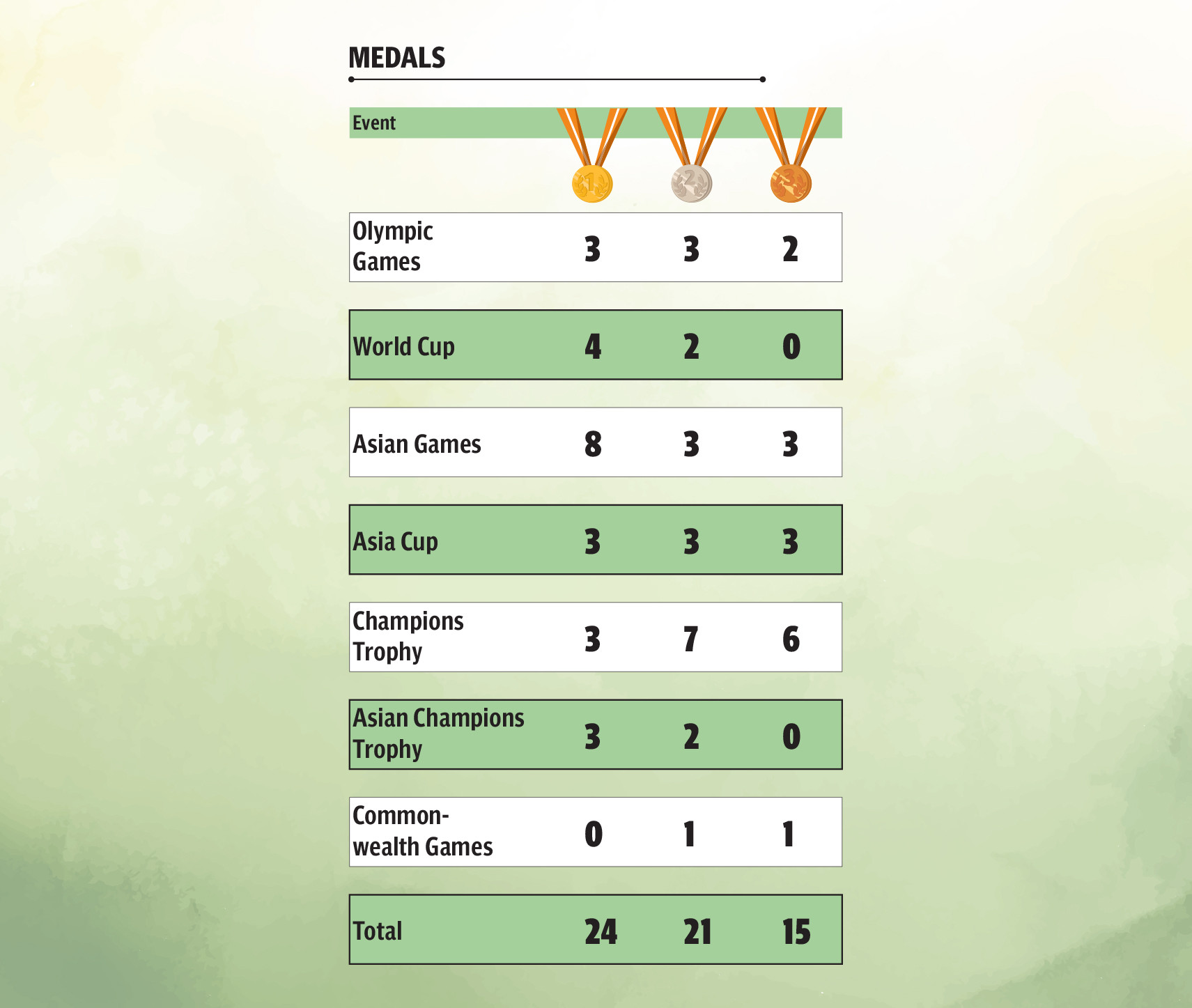
From kings to paupers
Things started to change for the worse in the second half of the 1980s with some sign of recover in the first half of the decade that followed. The decline began with the 1986 Asian Games. Pakistan, the winners of the last four editions, lost the final to South Korea, who were yet to appear in either the World Cup or the Olympics. Worse was to follow in a couple of weeks. The 1986 World Cup saw the two-time defending champions finishing 11th out of 12 teams. At the 1988 Olympics, they were fifth, failing to qualify for the semis for the first time.
These early signs of decline appeared to be an aberration as in the first half of the 1990s, Pakistan regained some of the lost glory. A second-place finish in the 1990 World Cup along with regaining the gold at the Asian Games suggested things weren’t as bad as they had seemed. Pakistan won bronze at the Olympics in 1992 and then in 1994, won the World Cup title for the fourth time.
But the regained glory was short-lived and from 1996 to 2006, Pakistan Hockey could not win a single global medal. Internal bickering and player power played havoc on the eve of the 1996 Olympics. The players revolted, demanding the removal of the team management. Preparation suffered and Pakistan finished sixth, the worst ever finish at the Olympics till then. The momentum gained in 1994 was completely lost. In 10 years that followed, far from winning gold at either the Olympics or the World Cup, Pakistan couldn’t make it to the victory stand even once at both events.
The decline affected Pakistan at the regional level as well as the team failed to win the Asian Games or the Asia Cup. Still, they remained part of the big league as Pakistan figured in the FIH`s annual Champions Trophy (replaced by the FIH Pro League in 2019), apart from the 2000 edition, and also finished among the top six at the Olympics and World Cup.
From bad to worse
Further decline continued from 2007 to 2012 as Pakistan achieved its worst ever positions in many major title tournaments: sixth place finishes in the 2007 Asia Cup and 2010 Commonwealth Games, 8th in the 2008 Olympics and 12th place in the 2010 Hockey World Cup. As it cemented its place outside of the top six, the only achievement Pakistan Hockey could claim was victory at the 2010 Asian Games.
But things were about to become far worse with a series of unimaginable disasters for Pakistan Hockey. In 2014, Pakistan failed to qualify for the Men’s Hockey World Cup for the first time. Two years later, at the 2016 Olympics, Pakistan Hockey failed to qualify as well, again for first the time.
Following the disaster of 2016, then prime minister Nawaz Sharif, in his capacity as the patron-in-chief of the Pakistan Hockey Federation, dismissed then PHF president Akhtar Rasool even though he was a close associate. Rasool's replacement as the PHF president appeared to be yet another political appointee - Brigadier (retd) Khalid Sajjad Khokhar, a close relative of Ahsan Iqbal, a federal minister in Nawaz’s cabinet.
When Pakistan failed to qualify for the next Olympics in 2021, Khokhar was not replaced, even though his tenure saw some of the worst failures for the country on the global hockey scene. The team's World Ranking fell to 18th from 10th when Khokhar took over. Although the PHF bragged about its great success when Pakistan made it to the 2018 World Cup, the qualification was entirely down to the FIH decision to increase the number of participating teams from 12 to 16. At the 2018 tournament, Pakistan once again finished 12th, repeating its worst-ever finish and scored just two goals resulting in negative 10 goal difference, both representing its worst tallies.
In November 2017, Pakistan Hockey lost 1-9 to Australia, its worst ever defeat in international hockey. It came seventh at the 2018 Commonwealth Games and fourth place at the 2018 Asian Games, its worst-ever positions at both events. In addition to not qualifying for the 2021 Olympics, Pakistan finished 11th at the 2021 Junior World Cup as well, its worst ever position at that tournament too. In 2022, Pakistan failed to qualify for the Youth Olympics for the first time, a failure worse than the sixth place finish in the 2018 qualifiers where the team suffered a 1-12 defeat against Malaysia.
Now, Pakistan could not even qualify for the 2023 World Cup currently underway, despite it being a 16-team event.
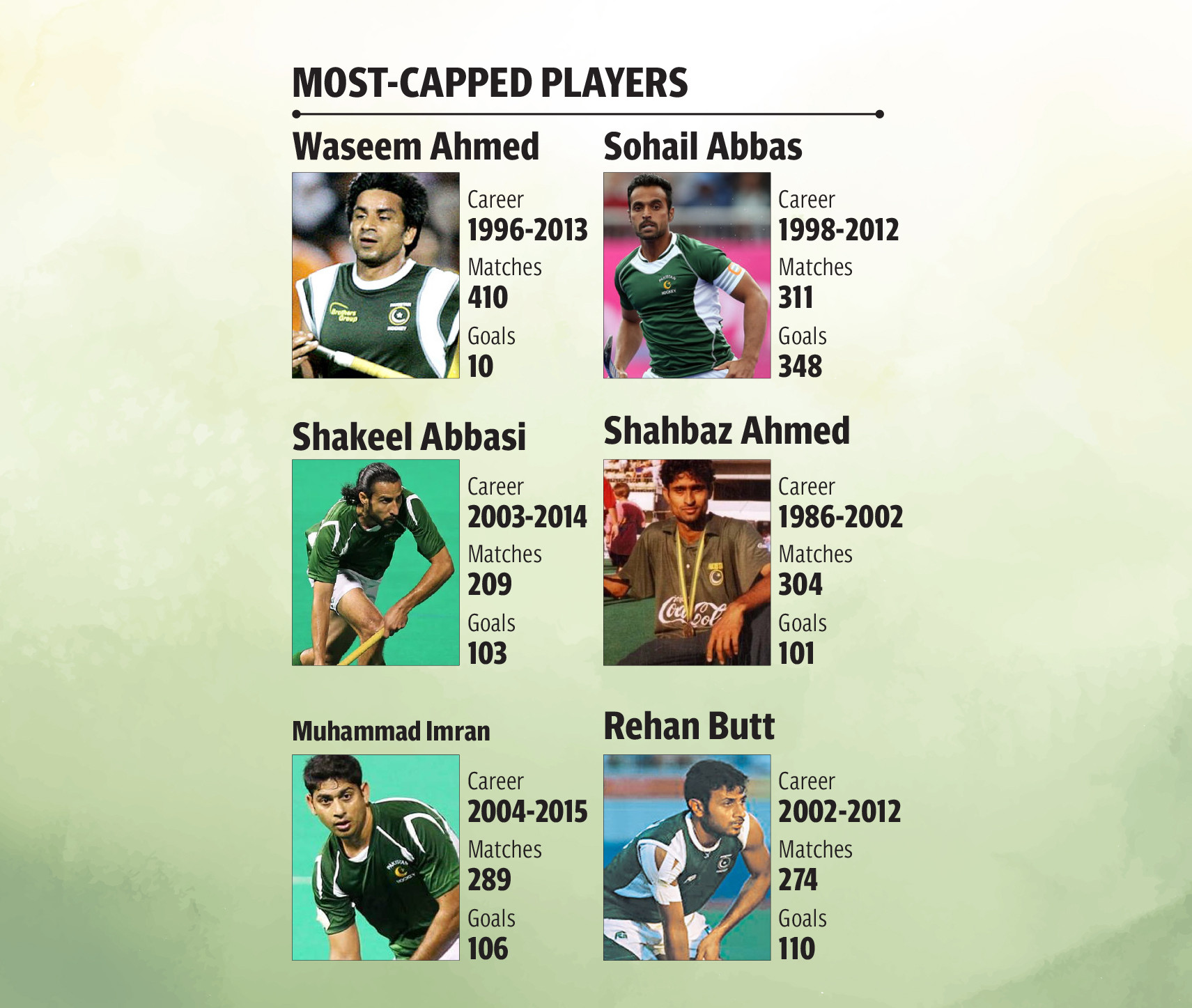
Explaining the glory days
There are many factors that led Pakistan hockey to the heights it reached, the role of the country’s armed forces being one of them. Like so many other sports, hockey was introduced by the British in this part of the world and in the early days, it was mainly played by the British servicemen. Hence, it became popular with locals in cantonments such as Rawalpindi, Bannu, etc. Pakistani servicemen carried the legacy of the British soldiers and hockey remained a popular sport with Pakistan’s armed forces. Until the mid-60s, Pakistan`s national team always included several army men. Six army men were members of the 1960 team which won country`s first Olympic gold.
Clubs too, back then, used to be a huge reservoir of talent. In big as well as small cities, there used to be a number of clubs mostly run by dedicated people on a voluntary basis. The players gave regular small donations just to meet the expenses of the ball, maintenance of the ground, etc. Most schools in the country played a lot of hockey too, with regular teams. In Lahore, there were separate tournaments for government and private schools with a lot of participation. The college hockey scene, likewise, was very busy and competitive. Most of the colleges had sports seats for different disciplines including hockey. The intercollege tournaments across the length and breadth of the country saw keen participation.
In quite a few cities, there used to be traditional rivalry between two or three local colleges. For instance, in Lahore, the matches between Government College and Islamia College drew crowds of thousands, limited not only to students but also the wider hockey-loving public. Playing in such an atmosphere helped the young players develop temperament for big matches right from the early days. Universities like Karachi’s NED Engineering University and Peshawar’s Engineering University had seats for hockey players, like colleges. Again, the inter-university championships were keenly contested events and a showcase of emerging talent.
With so much hockey activity at every level, the regional sides had plenty to choose from. In the National Championships and other all-Pakistan tournaments, the divisional sides from all over Pakistan competed along with the departmental sides. The sides from Karachi, Lahore, Faisalabad, Multan, Peshawar, Quetta, etc. mostly offered stiff competition to top domestic sides like PIA and Customs; sometimes even defeating them. Teams from some other regions such as Bahawalpur, Hazara, Hyderabad, and Gujranwala were also no pushovers.
Government institutions such as the PIA, Customs, and Banks, all had active hockey teams and recruited players as permanent employees mostly in the officers’ cadre. An Olympian of the 1980s shared that “when I was first selected for the Pakistan camp, as many as nine departments offered me a permanent job; I was yet to play for Pakistan’s national senior team.” PIA and Customs won the national championships more than any other side. Hockey was more or less part of the job profiles of the head of these two institutions.
Lastly, hockey enjoyed a lot of coverage in the media during the glory days. The star players were household names and adored like cricket stars of today. Pakistan hockey team’s successes in the international arena greatly contributed to game’s popularity.
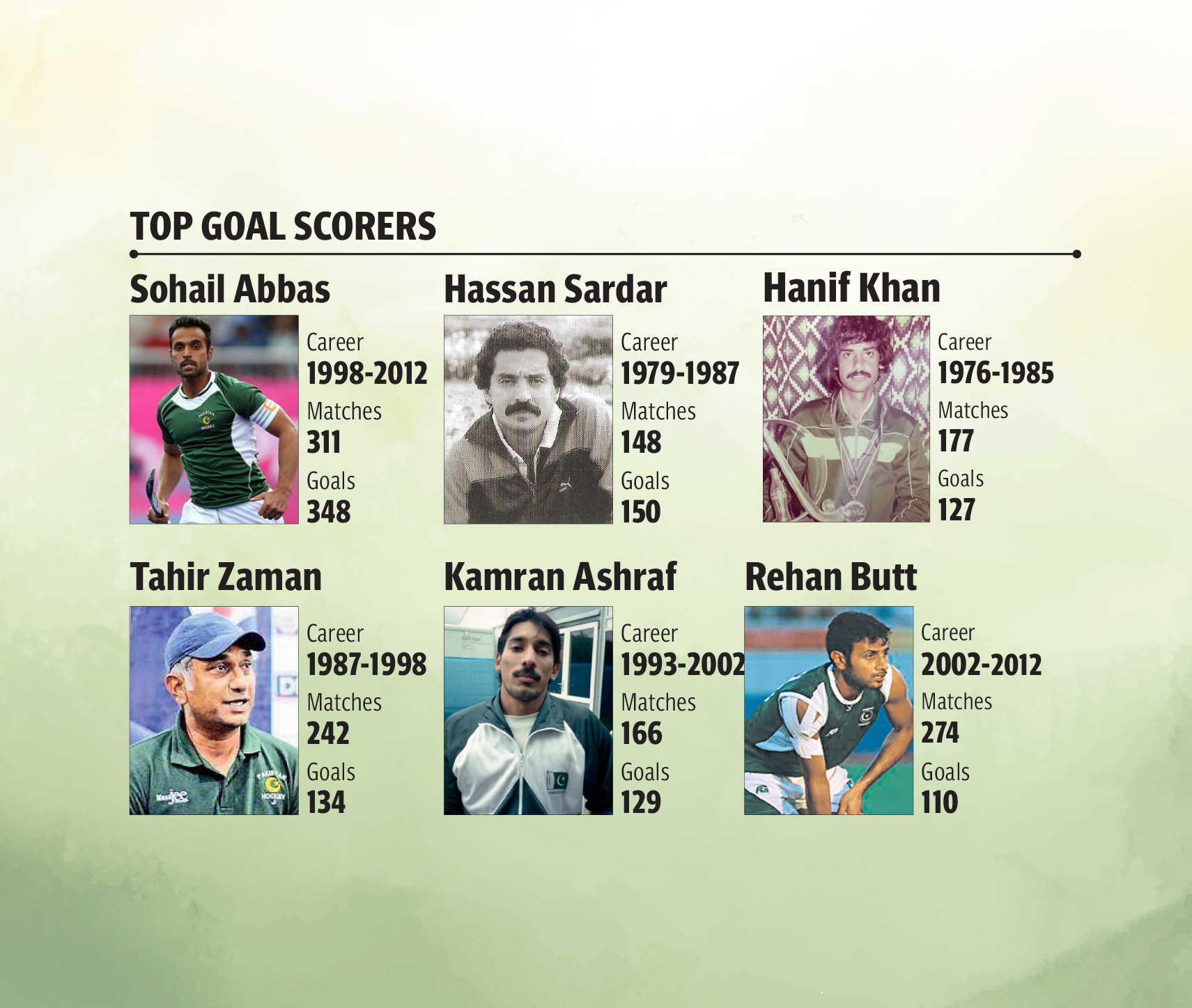
The current scenario
Most of the schools which have come into existence over last three decades lack proper grounds. Then the tuition culture in the evening means most of the kids don’t have time for evening sports. Advent of computer and mobile has also contributed as boys spend evenings on video games, etc. Kids naturally go after glamour.
The decrease in the coverage of hockey and the lack of national team` success have also contributed towards students’ decreased interest in the national game. Cable TV is seen in almost every house in Pakistan. The boys not only see cricket but also other sports. Football’s universal popularity has also attracted the Pakistani youth. Matches of top European leagues are regularly televised. The children are not only seen playing soccer in parks but many have favourite teams in European leagues like Barcelona, Manchester United, etc. One often sees boys wearing shirts of their favourite soccer players.
As hockey no longer offers attractive financial prospects for the player, the parents also don’t encourage their children. Moreover, the hockey stick, which used to cost very little, is quite expensive these days. Playing on synthetic turf requires special shoes, again a costly item. As a result, you can’t expect boys who didn’t play hockey at school to take interest in the game when they reach college or university.
While clubs were keeping hockey alive till the recent past, that scene too is no longer what it was. In Lahore, only six or seven ‘genuine’ clubs are active, though the Lahore district hockey association would claim there are more than 20. While the district inter-club hockey tournament would also show as many clubs participating as claimed by the district hockey association, the fact of the matter is that the ‘fake’ clubs raise teams solely for the championships. The office bearers in district hockey associations are only interested in clinging to their posts mainly through votes of these fake clubs.
Meanwhile, hockey teams in most of the departments have ceased to exist and the few that have hockey teams, don’t offer permanent jobs. Even top international Pakistani stars of today are contract employees.
While cricket enjoys prominence, there is very little coverage of Pakistan’s international hockey matches. It pales in comparison to even European club football and there is hardly any domestic hockey on the TV. But in the first place, there is very little meaningful domestic hockey activity in Pakistan.
Contrast this with increased professionalism, and government and private sponsorship in other countries. Pakistan`s decline is not the only reason for other countries` ascendancy. While hockey was a ‘priority sport’ in Pakistan right from 1947, In Europe and Oceania for a long time, hockey didn`t enjoy much patronage either from the government or the private sector.
In 1967, Australia, the bronze medallist from the 1964 Olympics, toured Pakistan. Some have reported that the players themselves had to pay a large portion of the airfare. Great Britain won the gold at the 1988 Olympics. The legendary goalkeeper Ian Taylor had to leave his job to join the squad for training. The family ran out of money and it became difficult to even put food on the table. Hockey was a strictly amateur sport. Gradually, the FIH allowed payment to players and coaches. Now players get money in the European leagues and also in countries like Malaysia.
In addition, government support has also increased. For instance, in the UK there is a government-sponsored National Lottery. A substantial part of the income generated goes to the UK Sport which in turn supports sports especially those capable of bringing medals and hockey is one of them. The hockey federations of all the leading hockey nations have commercial partners.
A way forward
We all would like to see Pakistan hockey back to the former days of glory. For this, we all would like to see the same hockey culture that existed in the past, as discussed above. At the same time, one has to be realistic and take into account the ground facts as well as the compulsions of the present time. People can’t be forced to establish hockey clubs or play hockey at schools, colleges, etc.
Many among us believe that the revival of the departmental teams is the solution. The previous government (PTI) abolished the sports wings of the departments as a policy matter. But most of the departments had already abolished their sports teams. WAPDA, SNGPL, SSGC and National Bank were the only departments that still had sports teams with players either employed permanently or on contract. In this era of retrenchment/rightsizing in the public sector and cutthroat competition in the private sector, perhaps no organisation can afford to employ twenty-odd people (as hockey players) who give no definite output to the corporations/ banks/ departments.
A possible solution is a franchise-based league on the pattern of highly successful Pakistan Super League (PSL). It is very much feasible and the owners of some PSL franchises have expressed interest. A hockey match takes less than 90 minutes in total. The PSL 2022 lasted one month, from January 27 to February 27. Hence, there is a huge window for the hockey league in Pakistan.
In the PSL, each franchise is owned and controlled by investors. According to a PCB press release, around 20 parties showed an interest in buying franchises for the league before the first season. All five franchises for the first season of the league were sold on 3 December 2015, for a total price of US$93 million.
Despite having lost the popularity it once enjoyed in Pakistan, hockey still has the potential to attract investors. In a country, where there are very limited entertainment avenues, a properly marketed franchised based hockey league has all the chances to be successful.
Such a league will lead to positive effects from top to bottom. The owner of the franchise-based team will ask for results, so the selectors will be compelled to search for the best talent from inside as well as outside the country. Teams will also hire the best coaches not only from Pakistan but also from other countries.
All this should translate into a highly competitive league. Hence, Pakistan`s national team will get good and battle-hardened players. Likewise, competent and successful coaches of the league could be picked and assigned the job with the national team. Pakistan`s performance in the international arena will improve and after some time we could aspire for medals at the Olympics and World Cup.
A league on the PSL pattern will also revive the general public`s interest in hockey. With money and glamour in the sport, more and more children could choose to take up hockey. As in cricket, academies will sprout. As in cricket, the franchises will go for their own high-performance centres.
Clubs are the pillars of grassroots hockey. For a long time, due to bogus clubs, hockey at the grassroots has been badly affected. These bogus clubs are encouraged to exist by the PHF as they help the federation get its cronies elected in the district hockey associations. The office bearers of the district hockey associations in turn elect the PHF`s favourites in the provincial hockey associations. District hockey associations also send their representatives to the PHF`s Congress which elects PHF`s office bearers including President and Secretary General. In this manner, the mafia controls the country`s hockey from top to bottom and bottom to top.
Riddance of the bogus clubs and identification of the genuine clubs is no rocket science. Just follow the procedure adopted by the Pakistan Cricket Board. In the first phase, basic information about the clubs is collected and all the clubs apply along with the information. In the second phase, players’ data from the clubs is submitted through an online process. In the third phase, the clubs submit the printed forms as part of the process. PCB`s Inspection Team, after scrutinizing the documents/ data provided by the Club and Physical scrutiny determines the status of the Club i.e. Affiliate, Associate, Full, bogus, duplicate, disputed, absent. In the last phase, the PCB hires the services of some renowned auditing and accounting firm.
When only the genuine clubs would select the office bearers of district hockey bodies from among themselves, capable and dedicated people will come to hold the top positions in the district. The cycle will continue: from District to Division, and Division to Province; right people at all the tiers. Likewise, sincere people from districts will be members of the all-important Congress of the PHF which also elects PHF`s office bearers including the President and Secretary General. Note: the President PHF is usually nominated by the Prime Minister (Patron in Chief of PHF) but has to get the vote of confidence from the PHF Congress.
Here, it must be emphasised that the appointments of the President and Secretary/CEO in the hockey bodies of the top-ranked nations are made on the administrative abilities alone. Most of the individuals holding the top executive slots were not even hockey players. Apart from competent go-getters as the President and the Secretary, PHF also needs professionals in all spheres, especially in marketing. The PHF should be turned into a corporate body which would be financially self-sufficient through sponsorship from the private sector and not dependent on the government for funds. Once, the franchise based league takes proper roots, the interest of private sponsors in hockey will definitely increase.
Many foreign coaches hired by the PHF in recent times as well as the FIH qualified Pakistani coaches who have the experience of working in other countries think that the coaching methods in the country are outdated. According to Siegfried Aikman, the Dutch hockey coach with the current Pakistan team, “Pakistan hockey is still living in the past, narrating the achievements of thirty-forty years back rather than accepting the challenges of modern hockey. We still believe in the right-out and left-out and right-in and left-in brand of hockey, which is no more there in the modern era. Gone are the days when such a combination was used to achieve results for you. Now every player has to play multiple roles. If at one time he is seen defending, the next minute he would be there on the attack. A player should be all in one rather than only a specialist of one side.” All this means that coaching right from the grassroots requires a ‘Modern Curriculum’ and the coaches at all the tiers must be well versed in it.
Ijaz Chaudhry is a freelance sports journalist based in Lahore. He tweets @IjazChaudhry1 and can be reached at ijaz62@hotmail.com. All information and facts are the sole responsibility of the writer.

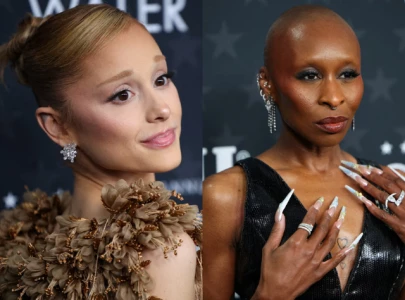
1737706680-1/emilia-perez-(2)1737706680-1-165x106.webp)
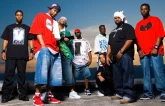

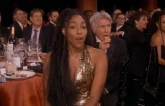
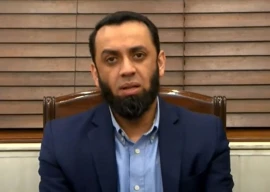

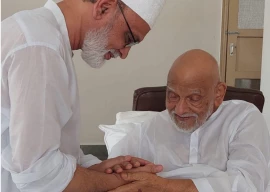



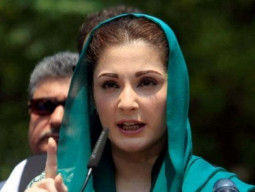
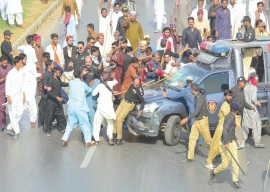
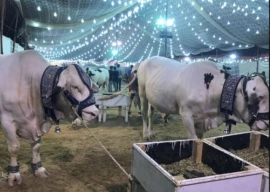
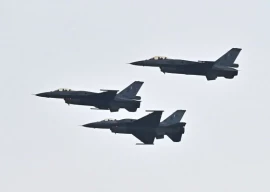
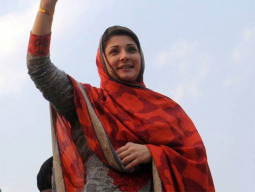
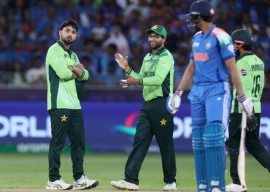
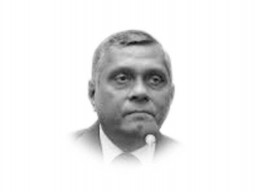
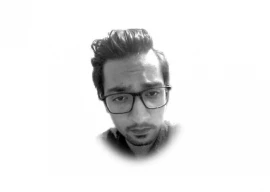
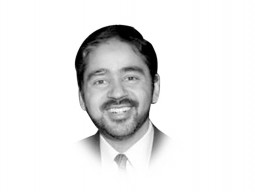


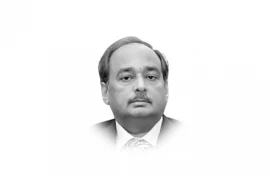
COMMENTS
Comments are moderated and generally will be posted if they are on-topic and not abusive.
For more information, please see our Comments FAQ